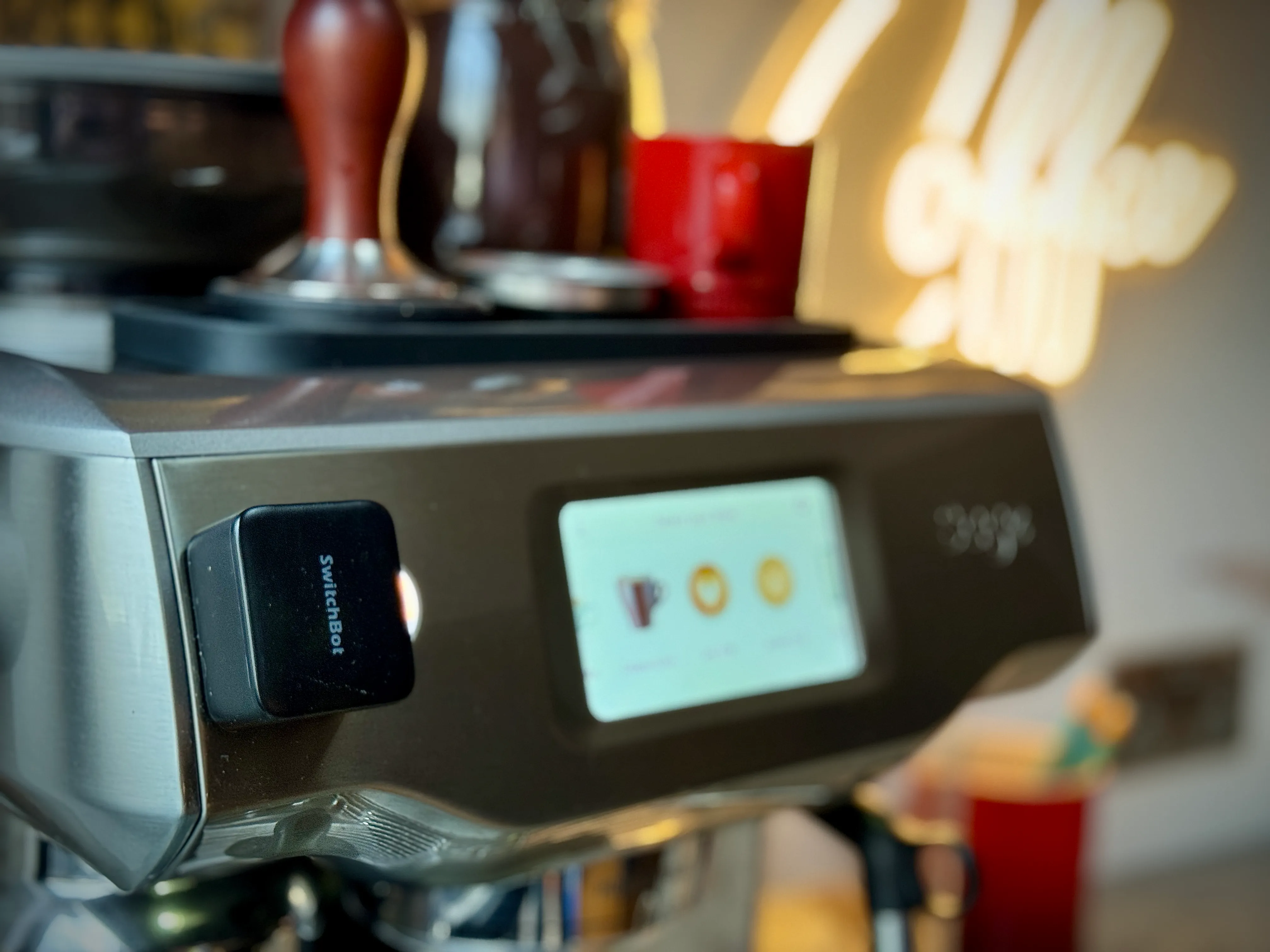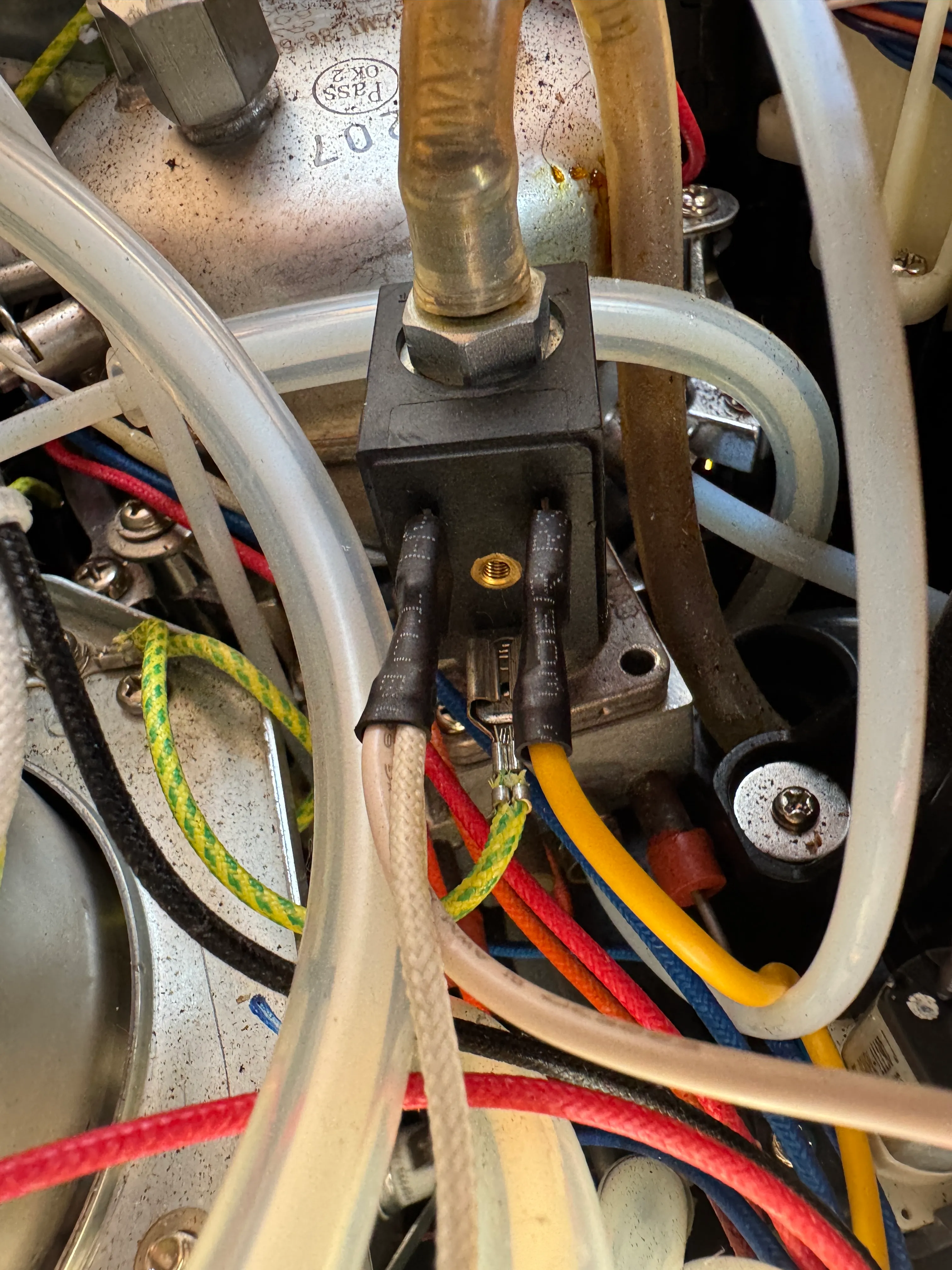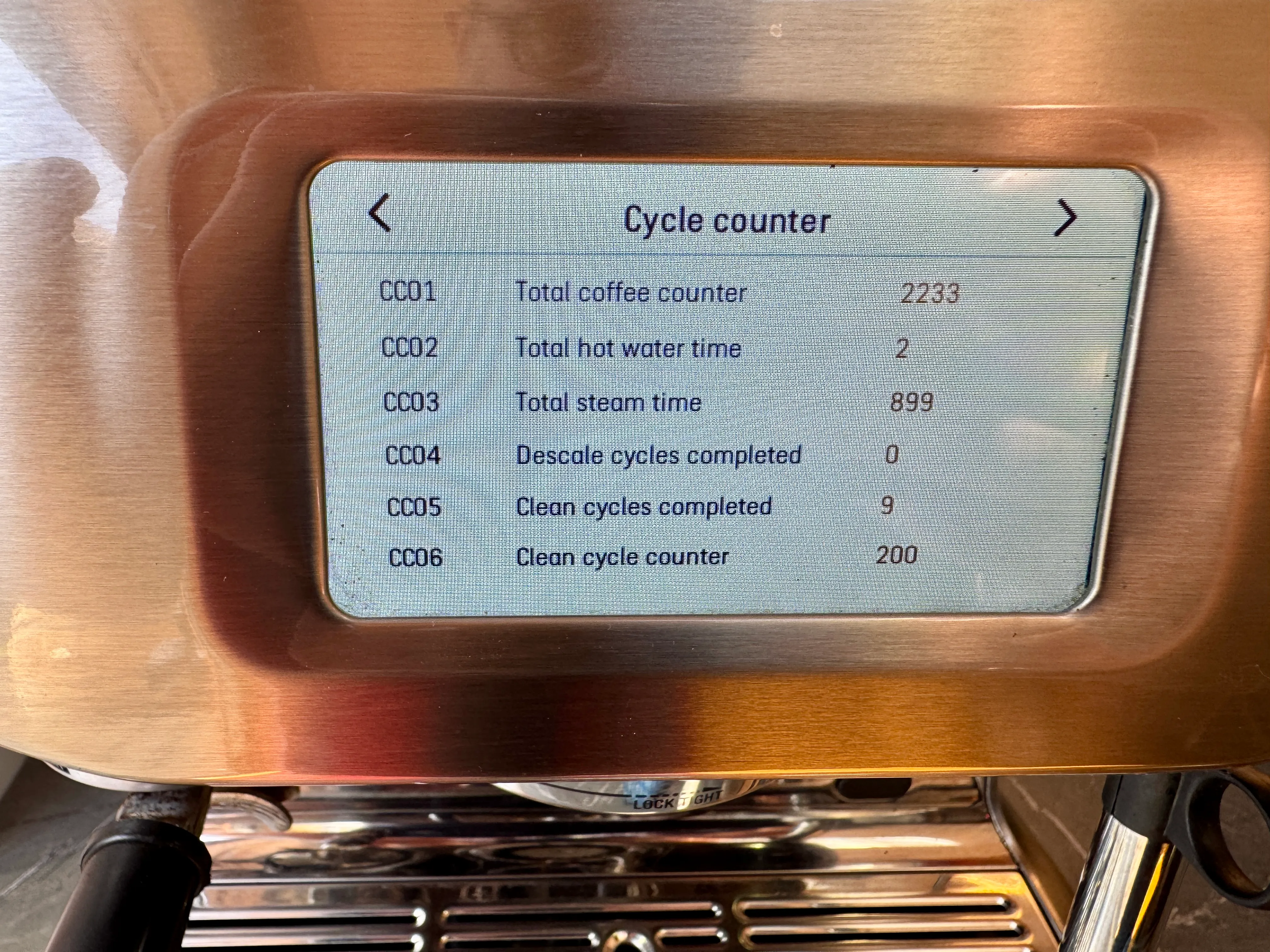
How I Fixed My Beloved Sage Oracle™ Touch Coffee Machine
There’s something deeply personal about coffee. It brings back memories, creates rituals, and becomes part of our daily routines.
“Coffee is more than a drink—it’s memory, ritual, and joy.”
For me, coffee is especially poignant—I purchased my Sage Oracle™ Touch (SES990BSS2G1UK1) coffee machine as a lasting reminder of my dad, who passed away in 2022. Ironically, despite being a massive coffee addict, my dad preferred instant coffee—just a simple mug and kettle. Me? I’m all about espresso, lattes, cold brews, and even espresso martinis.

This machine wasn’t just any appliance; it symbolized a connection to my dad and my own journey as a coffee enthusiast. It replaced earlier machines I’ve loved—from manual drip setups using Monmouth Coffee beans from Borough Market in London, to experimenting with an IoT coffee machine (Smarter Coffee Machine).
However, in late 2024, my Sage machine began acting erratically. It would make a strange arcing or clicking noise, and without warning, boiling water or steam would violently spurt out uncontrollably. The only solution was to turn the machine off. What started as an occasional quirk rapidly became a frequent and frustrating issue.
Sage support initially offered help, but quickly shifted to costly out of warranty service options. Their suggested fixes—like tilting the machine to release trapped air or draining boilers—didn’t resolve the issue and weren’t related to the fault from my perspective. Frustrated, I turned to online trawling through forums and YouTube videos.
- Bee buzz / arcing like this - Breville 990XL Showing Common Problems #3984
- How to Repair a Faulty Solenoid Valve on Breville Dual Boilers BES920 BES980 BES99
- DB solenoid noises, brew & descale - Coffee Forums
- Servicing an Oracle BES980 - orings, two pumps and two solenoids!
After extensive research, I discovered that my machine’s erratic behaviour likely stemmed from a faulty solenoid valve or at least sticky solenoid. Prepared with a few helpful videos, I gained access to the inside of the machine.

First, I tried cleaning the solenoid valve—carefully removing screws, disconnecting spade cables, and ensuring to photograph everything for reference. Despite my best efforts, the issue persisted.
…A few months passed, but still determined, I tracked down a replacement OLAB 9200 3/2 Wege Magnetventil Series 9000 solenoid from Germany through Bügelcenter, and ordered it for just over £47. A few days passed with it being shipped from Germany, but as soon as it arrived I had it fitted and the machine cleaned in a lunch break.
The transformation was immediate. My Sage Oracle™ Touch not only stopped its troubling behaviour (well so far so good), but it operated more quietly and heated faster.
And as I stood there, watching the first shot of coffee pour smoothly again, I couldn’t help but think:
Here’s to you Dad — thanks for teaching me, and for giving me the confidence to repair things like this.
Perhaps most remarkably, and possibly a coincidence, the espresso extraction improved noticeably, delivering cleaner puck releases from the portafilter and better-tasting coffee.

📊 By the Numbers
Fun fact: the machine also tracks how many coffees it’s made. This is via the Sage machine’s hidden service menu (power on from the socket while holding the power button for 10-seconds, then enter code 00000) which provides internal diagnostics.


In September 2024, the Total coffee counter read 1,693. By January 2025, it was at 2,000, and in May 2025, it reached 2,233—an average of about 27 coffees per week, or nearly 4 a day! This more or less aligns with the two of us having two coffees most days.
Let’s assume each coffee uses a 22g dose of beans. That means we’ve gone through approximately 49 kg of beans to make those 2,233 coffees. With a 250g bag of beans costing between £4.50 and £5.50 during this period, we’ve spent between £882 and £1,078 on beans alone.
Now imagine if just half of those coffees—around 1,116—were purchased from a coffee shop. If we split it evenly between lattes £4.50 and double espressos £3.15, the cost would be:
- 558 lattes × £4.50 = £2,511
- 558 double espressos × £3.15 = £1,758
That totals £4,269 on coffee shop drinks. Brewing at home has definitely paid off!
- Coffees brewed: 2,233
- Beans used: ~49 kg
- Bean cost: £882–£1,078
- Coffee shop equivalent:
💡 Brewing at home saved over £3,000—even before factoring in machine cost or energy. That’s a break-even… and a total win!

For fellow enthusiasts experiencing similar issues, don’t despair. A little perseverance, online research, and DIY spirit can keep your beloved machines—and the memories they hold—alive and thriving.
In every brew, there’s a little bit of memory—and a little bit of victory. Here’s to coffee, courage, and those we love.